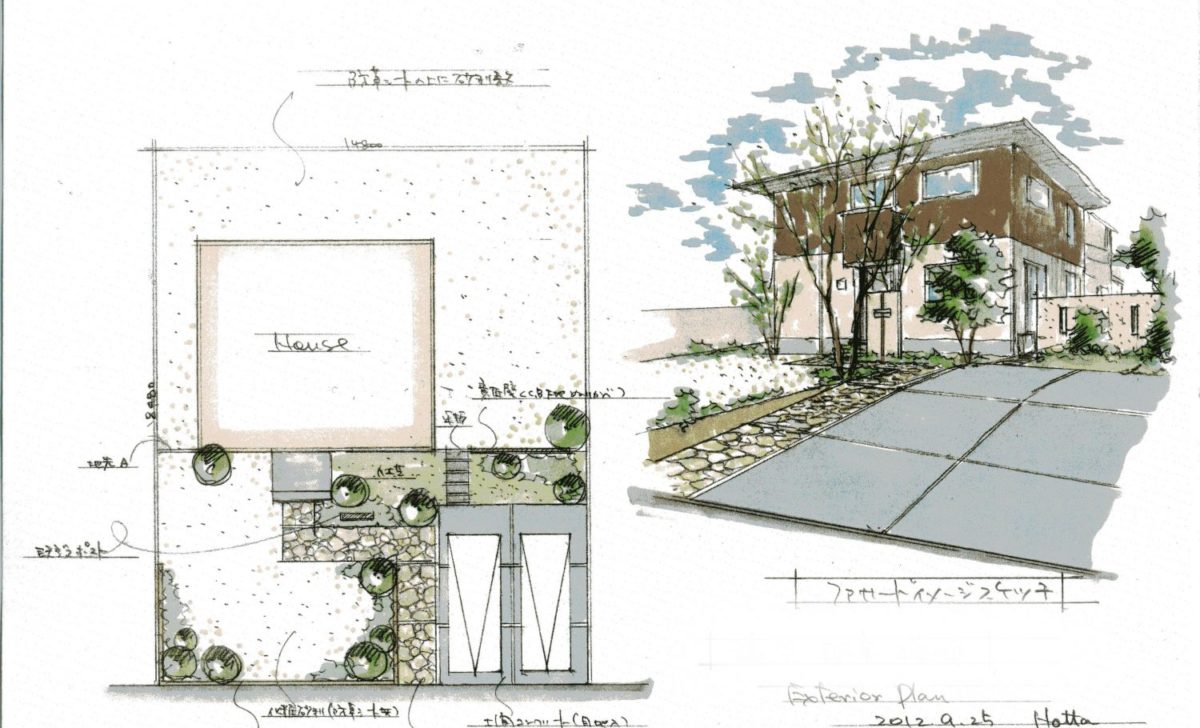一般社団法人 日本ガーデンデザイナー協会® › フォーラム › 相談室フォーラム › Title Understanding the Fuel System in Vehicles
- このトピックは空です。
-
投稿者投稿
-
miriamfalconer3
ゲストSigns that the timing belt needs replacing:
1. Engine misfires or rough idling
2. Ticking or clicking noise coming from the engine
3. Visible wear or damage on the timing belt
4. Engine fails to start
5. Engine overheatingWhat is a timing belt?
A timing belt is a reinforced rubber belt located in the engine of a vehicle that synchronizes the rotation of the crankshaft and the camshaft. The precise timing of these two components is essential for the engine’s valves to open and close at the correct intervals, allowing for the combustion process to occur properly.Timing belts are crucial components in a vehicle’s engine that play a vital role in ensuring proper operation and longevity. Understanding what a timing belt is, how it works, and how to maintain it can help prevent costly repairs and keep your vehicle running smoothly.
When should the timing belt be replaced?
The recommended interval for timing belt replacement varies depending on the vehicle’s make and model, as well as the type of engine. It is typically recommended to replace the timing belt every 60,000 to 100,000 miles, or every 5 to 7 years, whichever comes first. Refer to your vehicle’s owner’s manual for specific recommendations.2. Steam or Smoke from the Engine: If you notice steam or smoke coming from the engine bay, it is a clear indicator of overheating. Pull over immediately and turn off the engine to prevent further damage.
Introduction:
Door window regulators are an essential component of any vehicle’s power windows system. They play a crucial role in controlling the movement of the windows, allowing them to smoothly open and close at the touch of a button. Understanding how door window regulators work and how to properly maintain them is key to ensuring a hassle-free driving experience. In this article, we will delve into the details of door window regulators, their functions, common issues, and maintenance tips.1. Check Engine Light: A illuminated check engine light on the dashboard could indicate a problem with the canister purge valve.
2. Rough Idling: A rough or fluctuating idle when the vehicle is stationary may be a sign of a faulty canister purge valve.
3. Poor Fuel Efficiency: A decrease in fuel efficiency could be caused by a malfunctioning canister purge valve.
4. Strong Fuel Odor: If you notice a strong fuel smell coming from your vehicle, it could be a sign that fuel vapors are not being properly managed by the canister purge valve.
5. Failed Emissions Test: A malfunctioning canister purge valve can lead to increased emissions, causing your vehicle to fail an emissions test.**Types of Camshafts**
Camshafts can be classified into various types based on their design and function.
– **Flat-Tappet Camshaft**: This is a traditional type of camshaft where flat lobes directly contact the valve lifters (tappets).
– **Roller Camshaft**: Roller camshafts use roller bearings on the cam lobes to reduce friction and wear.
– **Hydraulic Camshaft**: Hydraulic camshafts utilize hydraulic lifters to automatically adjust valve lash for consistent performance.
– **Overhead Camshaft (OHC)**: In OHC engines, the camshaft is located in the cylinder head, directly operating the valves.Components of the Fuel System:
1. Fuel Tank: The fuel tank is where the gasoline or diesel is stored. It is typically located at the rear of the vehicle and is connected to the fuel filler neck for refueling.
2. Fuel Pump: The fuel pump is responsible for pumping fuel from the tank to the engine. It can be either mechanical (driven by the engine) or electric (powered by the vehicle’s electrical system).
3. Fuel Filter: The fuel filter removes any contaminants and impurities from the fuel before it reaches the engine. A clogged fuel filter can restrict fuel flow and lead to engine performance issues.
4. Fuel Injector: The fuel injector is responsible for delivering precise amounts of fuel into the combustion chamber of the engine. It is controlled by the engine’s computer to ensure optimal fuel delivery.
5. Fuel Pressure Regulator: The fuel pressure regulator maintains a constant fuel pressure in the fuel system to ensure proper fuel delivery to the engine under all operating conditions.
6. Fuel Lines: Fuel lines are the pipes that carry fuel from the tank to the engine. They need to be properly sealed and free from leaks to prevent fuel loss and potential fire hazards.What is a Door Window Regulator?
A door window regulator is a mechanical device that controls the movement of a vehicle’s window. It is typically located inside the door panel and is connected to the window glass with the help of a mechanical linkage. When the driver or passenger presses the window switch, the door window regulator translates the electrical signal into mechanical motion, causing the window to move up or down smoothly along its track.Maintenance Tips for Door Window Regulators:
To ensure smooth operation and longevity of your vehicle’s door window regulators, consider the following maintenance tips:
1. Regular cleaning: Keep the window tracks and regulator mechanism free from dirt, debris, and 2015 ram 1500 pcm grime.
2. Lubrication: Apply a suitable lubricant to the moving parts of the regulator mechanism to reduce friction and ensure smooth operation.
3. Check for signs of wear: Inspect the regulator components for signs of wear or damage, such as frayed cables or broken plastic gears.
4. Address issues promptly: If you notice any issues with your power windows, have them inspected and repaired by a qualified technician to prevent further damage.
5. Follow manufacturer guidelines: Refer to the vehicle’s owner’s manual for specific maintenance recommendations for the door window regulators. -
投稿者投稿
